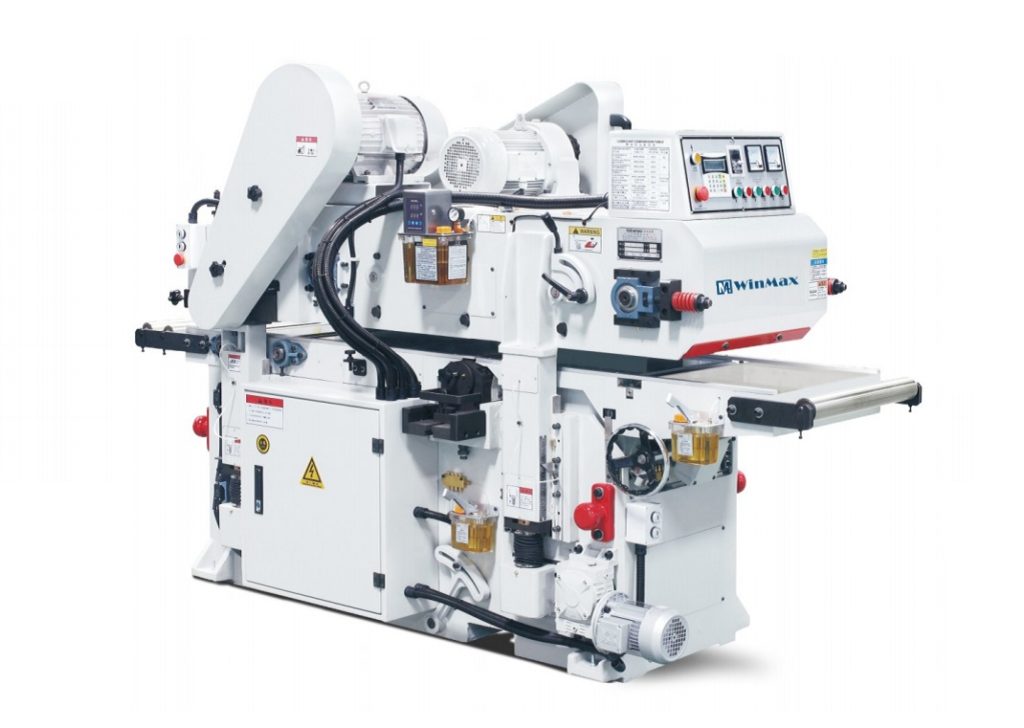Safety practice for woodworking planers
•1.wood planer should be checked before starting, cutting tools should not have cracks, fastening screws should be tightened.
Make sure no wood or tools on the machine.
•2.It is strictly forbidden to hang a belt or hold a stick to brake before the woodworking planer stops completely.
•3.woodworking planer oil filling should be carried out after parking, or filling with long nozzle when working.
In case of abnormal situation in machine operation, stop the machine immediately for inspection.
•4.When using woodworking planer to process damp or knotted wood, the feeding speed should be strictly controlled, and it is strictly forbidden to push or pull.
•5.woodworking planer must have safety protection device, otherwise strictly prohibited to use.
•6.When planing, keep the body smooth and operate with both hands.
When planing large surface, hand should press on the inclined surface;
When planing small surfaces, fingers should not be less than half the height of the material and not less than 3cm.
Do not push after material by hand.
•7.The thickness of each planing shall not exceed 1.5mm, the feeding speed shall be uniform, the force shall be light when passing through the planing mouth.
And the material shall not be returned above the planing blade.
•8. Wood with thickness less than 1.5mm or length less than 30cm shall not be processed by planer.
•9.in case of knot, bancher should slow down the material speed, shall not push the hand on the knot.
When planing old material, nails, mud and sand must be cleared.
•10. Cut off the power supply or remove the belt when changing the blade.
•11. The blade weight and thickness of the same planer must be the same, and the tool rest and splint must be identical.
Cutting tools with blade welds beyond the head and cracks shall not be used.
The screws fastening the blade should be embedded in the groove and not less than 10mm away from the back of the knife.


